AWS Billing Simplified: A Beginner’s Guide to Understanding Cloud Costs
- Nitin Yadav
- Knowledge
About
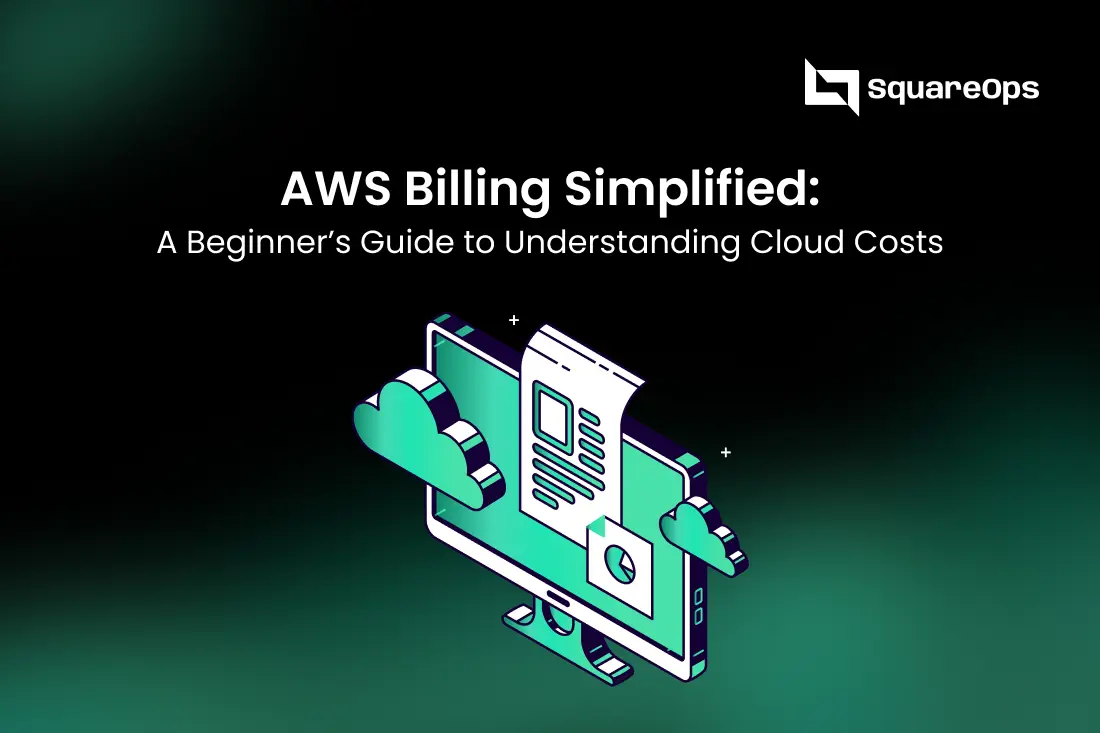
Simplify AWS billing with our beginner-friendly guide. Learn pricing models, avoid hidden costs, and see how AWS Partners help optimize cloud costs.
Industries
- AWS billing, AWS billing dashboard, AWS billing for beginners, AWS budgets, AWS cost explorer, AWS cost optimization, AWS costs, AWS partners, AWS partners in India, AWS pricing models, AWS Startup Credits, AWS support consulting, AWS trusted advisor, cloud cost management
Share Via
Amazon Web Services (AWS) is the world’s most widely used cloud platform, powering startups, enterprises, and governments alike. Its flexibility, scalability, and global reach make it the first choice for digital transformation.
But with great flexibility comes great complexity. For many companies, AWS billing feels like reading hieroglyphics filled with technical line items, variable charges, and unpredictable spikes.
In fact, surveys show that nearly 65% of businesses overspend on cloud services because they don’t fully understand their billing structure. That’s why simplifying AWS billing is critical for startups and enterprises alike.
This guide is your beginner-friendly roadmap to AWS billing:
- How AWS billing works.
- Different AWS pricing models.
- Common billing challenges.
- Tools and dashboards for visibility.
- How AWS Partners can help optimize cloud costs.
- Future trends in AWS billing.
By the end, you’ll know how to read your AWS bill, avoid hidden costs, and use strategies to spend smarter.
What is AWS Billing?
At its core, AWS billing is how Amazon charges customers for using cloud services. Unlike traditional IT, where you buy servers and licenses upfront, AWS operates on a pay-as-you-go model.
This means you only pay for what you use but with hundreds of services and pricing variables, costs can quickly become complex.
Key Elements of AWS Billing:
- On-Demand Services: Charges for compute, storage, and networking resources based on usage.
- Data Transfer Costs: Fees for moving data in and out of AWS regions.
- Service-Specific Charges: Each service (EC2, S3, RDS, Lambda) has unique pricing.
- Regional Differences: Costs vary depending on where your workloads run.
- Consolidated Billing: Large organizations often manage multiple accounts under one bill.
In short: AWS billing is flexible, but without oversight, it’s easy to overspend.
AWS Pricing Models Explained
AWS offers multiple pricing options to suit different business needs. Understanding these is key to cost optimization.

1. On-Demand Instances
- Pay for compute or database capacity by the hour or second.
- Best for unpredictable workloads.
- Most flexible, but most expensive.
2. Reserved Instances
- Commit to 1 or 3 years of usage for a significant discount (up to 72%).
- Ideal for stable, long-term workloads.
- Comes in Standard and Convertible types.
3. Savings Plans
- Flexible pricing across compute services.
- Commit to a consistent spend (e.g., $10/hour) for 1–3 years.
- More flexible than Reserved Instances.
4. Spot Instances
- Bid on unused AWS capacity at deep discounts (up to 90%).
- Great for fault-tolerant workloads.
- Risk: Instances can be terminated when AWS needs capacity.
5. Free Tier & Credits
- AWS Free Tier offers limited services for 12 months.
- AWS Startup Credits (via AWS Activate) can give startups up to $100,000 in free credits.
Choosing the right mix of pricing models is critical to keep bills predictable and low.
Common AWS Billing Challenges
Even with flexible models, businesses often struggle with AWS billing.
1. Unexpected Charges
- Data transfer fees surprise many teams.
- Services running in the background (unused EC2 or RDS instances).
2. Underutilized Resources
- Oversized instances (paying for more CPU/memory than needed).
- Idle storage or unused reserved instances.
3. Multi-Account Complexity
- Enterprises using dozens of AWS accounts often lose visibility.
- Consolidated billing helps but requires careful tracking.
4. Rapid Scaling Costs
- SaaS companies often see sudden bill spikes during growth or product launches.
5. Lack of Cost Ownership
- Without tagging and accountability, it’s unclear which team is driving costs.
Tools to Understand AWS Billing
AWS provides several built-in tools to help decode and manage billing.
1. AWS Billing Dashboard
- Central place to view current and past bills.
- Breaks down charges by service and region.
2. AWS Cost Explorer
- Visual tool for analyzing spending patterns.
- Helps forecast future costs.
- Identifies trends and anomalies.
3. AWS Budgets
- Allows setting cost and usage budgets.
- Sends alerts when spending approaches limits.
4. AWS Trusted Advisor
- Provides real-time recommendations on cost optimization, performance, and security.
5. Third-Party Tools
- Platforms like Datadog, CloudHealth, and FinOps dashboards give deeper insights.
These tools are powerful, but many organizations don’t use them consistently.
How AWS Partners Simplify Billing
Understanding billing is one thing; optimizing it is another. That’s where AWS Partners play a vital role.
Benefits of Working with AWS Partners:
- Cost Optimization Expertise
- Identify unused resources.
- Recommend Reserved Instances or Savings Plans.
- Provide ongoing optimization strategies.
- Identify unused resources.
- Access to AWS Credits
- Partners help startups apply for AWS Activate credits.
- Guide enterprises on credit usage.
- Partners help startups apply for AWS Activate credits.
- Consolidated Billing & Support
- Manage multiple accounts under one view.
- Offer AWS support consulting for scaling workloads.
- Manage multiple accounts under one view.
- Proactive Monitoring
- Continuous tracking of spend.
- Alerts for anomalies.
- Continuous tracking of spend.
- Strategic Guidance
- Map cloud usage to business goals.
- Plan for future growth without billing surprises.
- Map cloud usage to business goals.
At SquareOps, we act as an AWS Partner to help businesses simplify billing, save costs, and achieve scalability without financial waste.
Beginner-Friendly Tips to Manage AWS Costs
If you’re just starting with AWS, here are simple ways to keep costs under control:
- Right-Size Instances: Don’t run a large EC2 instance if a smaller one works.
- Delete Idle Resources: Terminate unused test environments and old snapshots.
- Automate Shutdowns: Use scripts to stop non-production servers outside working hours.
- Use Budgets & Alerts: Set limits to avoid bill shocks.
- Leverage Free Credits: Apply for AWS startup credits if eligible.
- Tag Resources: Track costs by team, project, or environment.
- Review Bills Monthly: Look for unexpected charges and optimize.
Case Study: Cutting AWS Costs by 40%
A SaaS company scaling quickly on AWS saw its monthly bill rise to $120,000. They lacked visibility into cost drivers and were paying for oversized resources.
What SquareOps Did:
- Conducted a billing audit using AWS Cost Explorer.
- Shifted 60% of workloads to Reserved Instances.
- Rightsized EC2 and RDS instances.
- Applied $30,000 in AWS Activate startup credits.
Results:
- Monthly bill reduced by 40% ($48,000 savings).
- Costs became predictable and aligned with growth.
- Company reinvested savings into product innovation.
Future of AWS Billing (2025 and Beyond)
The future of AWS billing is moving toward automation, transparency, and FinOps integration.
Trends to Watch:
- AI-Driven Billing Insights
- Predictive analytics to forecast and prevent bill shocks.
- Predictive analytics to forecast and prevent bill shocks.
- Integrated Multi-Cloud Billing
- Unified dashboards covering AWS, Azure, and GCP costs.
- Unified dashboards covering AWS, Azure, and GCP costs.
- FinOps + DevOps Convergence
- Cost optimization embedded in DevOps pipelines.
- Cost optimization embedded in DevOps pipelines.
- Greater Transparency
- Simpler, customer-friendly billing reports.
- Simpler, customer-friendly billing reports.
- Usage-Based Business Models
- SaaS and enterprises are tying AWS costs directly to customer revenue models.
Conclusion
AWS billing can feel overwhelming, but with the right knowledge and tools, it’s possible to decode, control, and optimize costs.
For beginners, understanding pricing models and using AWS tools is a strong start. For scaling businesses, partnering with an AWS Partner like SquareOps ensures continuous optimization and long-term savings.
At SquareOps, we help businesses:
- Simplify AWS billing.
- Unlock AWS startup credits.
- Optimize costs by 30–40%.
- Scale workloads across AWS, Azure, and GCP without financial surprises.
Ready to simplify AWS billing and cut costs?
Book a Free AWS Billing Audit with SquareOps
Frequently asked questions
AWS billing is based on a pay-as-you-go model where businesses are charged for the compute, storage, and networking resources they use. Costs vary by service, region, and pricing model.
AWS billing is complex because it covers hundreds of services, each with different pricing models, regional rates, and usage metrics. Without cost monitoring, businesses often face unexpected charges.
The four main AWS pricing models are On-Demand Instances, Reserved Instances, Savings Plans, and Spot Instances. Each model is suited for different workloads and budget needs.
AWS Partners provide expertise in cost optimization, access to AWS credits, consolidated billing, and proactive monitoring. They guide businesses to reduce expenses while ensuring scalability
AWS Startup Credits, available through the AWS Activate program, give eligible startups up to $100,000 in free credits to offset cloud costs and accelerate growth.
Use the AWS Billing Dashboard and Cost Explorer to review charges. Break costs down by service (e.g., EC2, S3, RDS), region, and usage type for clarity.
The most common mistakes include running oversized instances, failing to shut down idle resources, ignoring data transfer costs, and not utilizing Reserved Instances or Savings Plans.
Yes. Businesses can reduce AWS billing by rightsizing instances, using automation to shut down idle environments, applying AWS credits, and working with AWS Partners for optimization.
Key tools include the AWS Billing Dashboard, AWS Cost Explorer, AWS Budgets, and AWS Trusted Advisor. Third-party platforms, such as CloudHealth and Datadog, provide deeper insights.
SquareOps helps businesses simplify AWS billing through audits, cost optimization strategies, startup credit applications, and ongoing monitoring, enabling them to reduce cloud spend by 30–40%
Related Posts
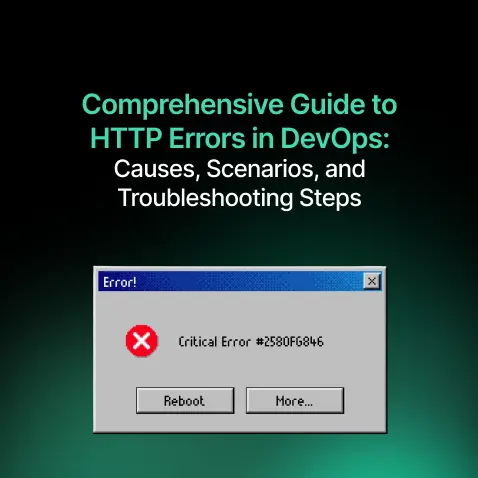
Comprehensive Guide to HTTP Errors in DevOps: Causes, Scenarios, and Troubleshooting Steps
- Blog

Trivy: The Ultimate Open-Source Tool for Container Vulnerability Scanning and SBOM Generation
- Blog
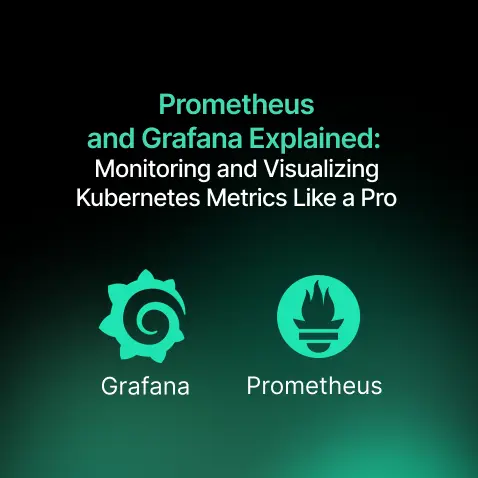
Prometheus and Grafana Explained: Monitoring and Visualizing Kubernetes Metrics Like a Pro
- Blog

CI/CD Pipeline Failures Explained: Key Debugging Techniques to Resolve Build and Deployment Issues
- Blog
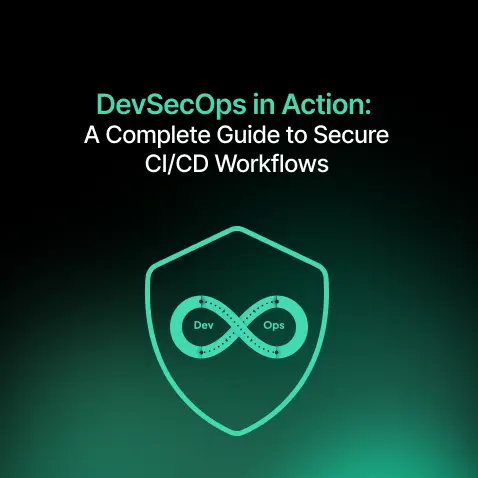
DevSecOps in Action: A Complete Guide to Secure CI/CD Workflows
- Blog
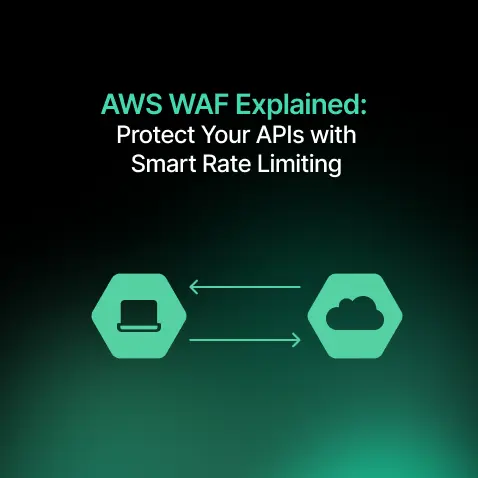
AWS WAF Explained: Protect Your APIs with Smart Rate Limiting
- Blog

